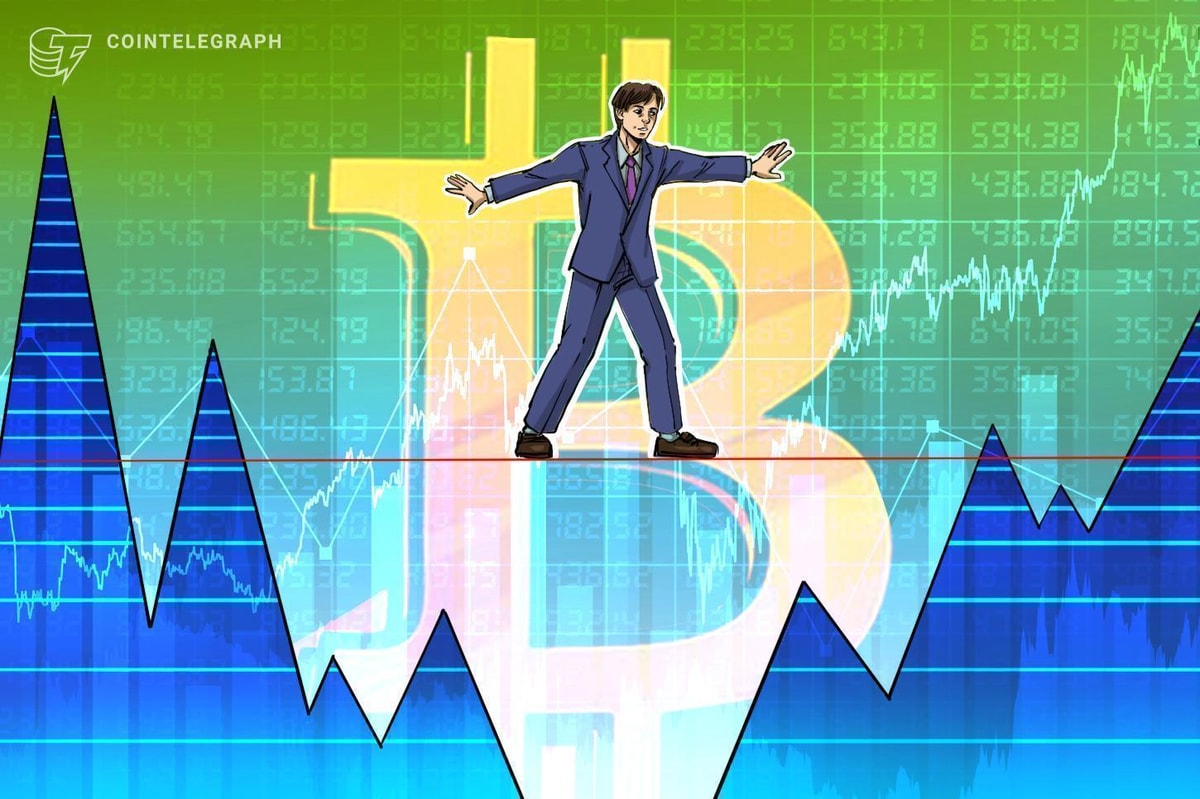From PCs to consoles, patient gamers are often rewarded with falling console prices. Those who are willing to wait for their games see falling prices as interest in any game or generation of hardware wains. But not this generation. The current crop of consoles are all now more expensive than when they launched several years ago.
When the Xbox Series X launched in 2020, it was priced at $499, but now its official price is $599 for the standard edition. The series S launched at $299, but that's now $380 with 512GB storage capacity, or $429 with a terabyte. The PS5 is much the same, now priced at $550 after price increases from its $499 launch price.
This is the first ever generation where console prices have INCREASED, rather than fallen.Also, less console exclusives than any previous gen too.#PlayStation #GamingNews pic.twitter.com/K06PqWGlChAugust 29, 2025
Gamers have been quick to point to tariffs as the main reason for these price increases, and considering the timing, it's hard to blame them - Although a recent ruling that the tariffs are largely illegal could throw the whole scheme into confusion.
However, it's also worth considering inflation as a major driver of these price increases, too. While typical inflation of a couple of percent a year would make older items at lower prices much more expensive if launched later, the last few years have seen rampant inflation. That original Xbox Series X launch price would be over $622 today. The Switch's 2017 launch at $299 would be more like $398 if launched today.
That perhaps puts these price increases in context, even if it's hard to swallow how much more expensive everything seems to be in 2025.
However, Ars has gone to the effort of crafting some charts to show how great the disparity is, and what we missed this generation. It suggests that if historical price drops of consoles were mirrored today, we could expect the Switch to cost as little as $116 for the base model, and the Xbox Series X and PS5 to be as little as $286.
Indeed, prices are supposed to come down as production of the consoles ramps up, the process node matures and enhancements in manufacturing allow for reduced production costs that often become cost reduced models that appear as the console ages.
It's clear that hasn't happened this time around. Surprisingly, none of the console manufacturers have taken the opportunity to keep prices lower to stand out from the pack. Historically, console manufactures have been happy to take a loss on the hardware if it meant making it up on software. Considering game prices have also risen in recent years, it's hard not to think that at least some advantage is being taken of the situation, rather than it being purely driven by market forces.
Follow Tom's Hardware on Google News, or add us as a preferred source, to get our up-to-date news, analysis, and reviews in your feeds. Make sure to click the Follow button!

 3 months ago
39
3 months ago
39









 English (US) ·
English (US) ·